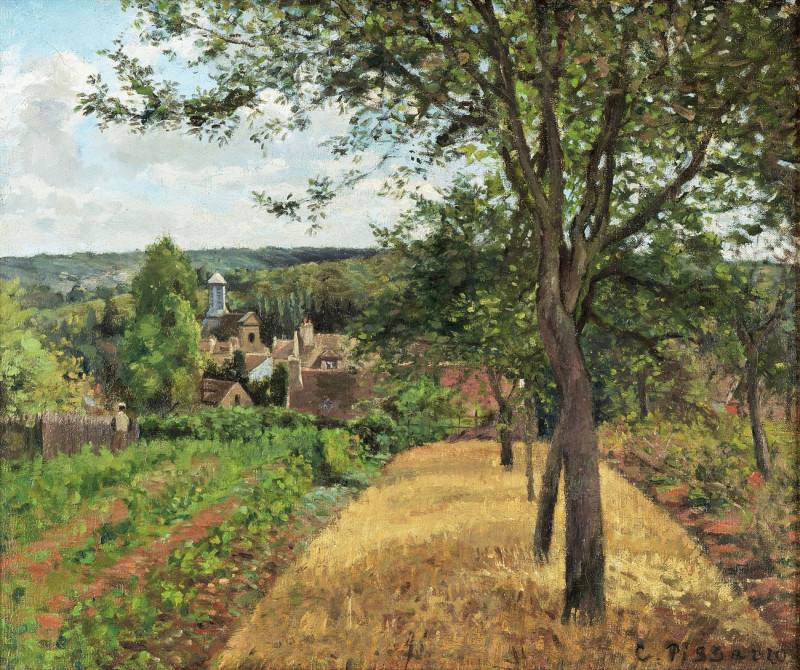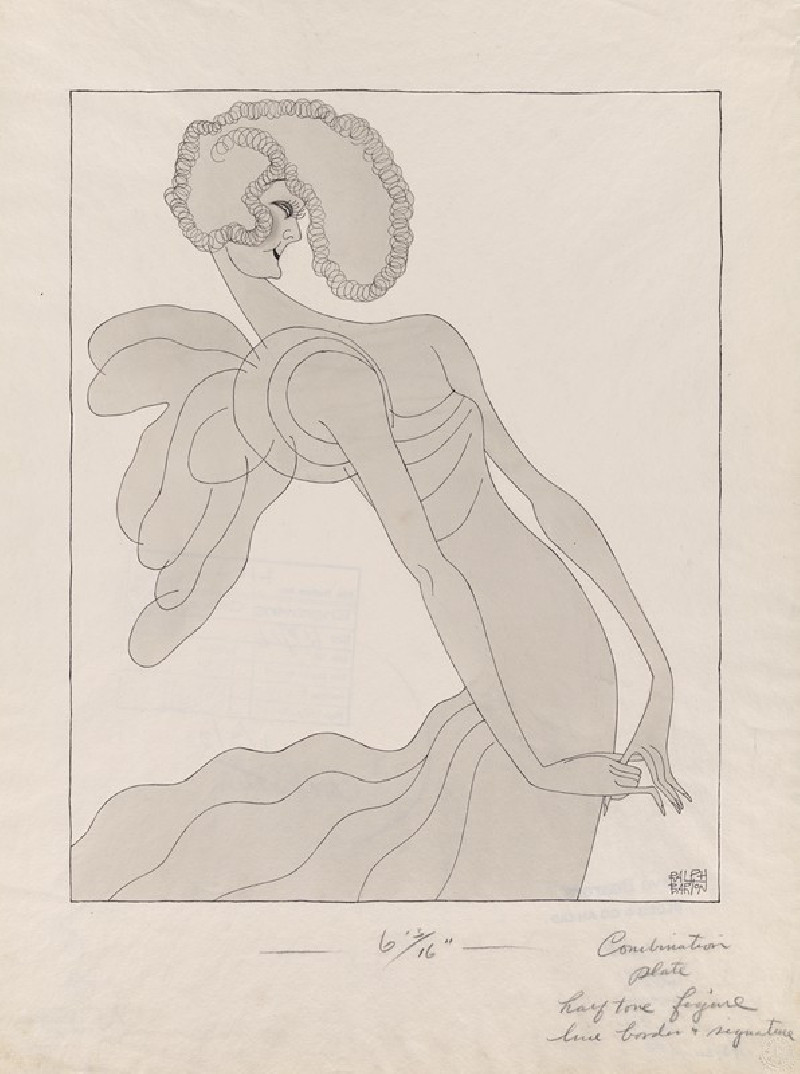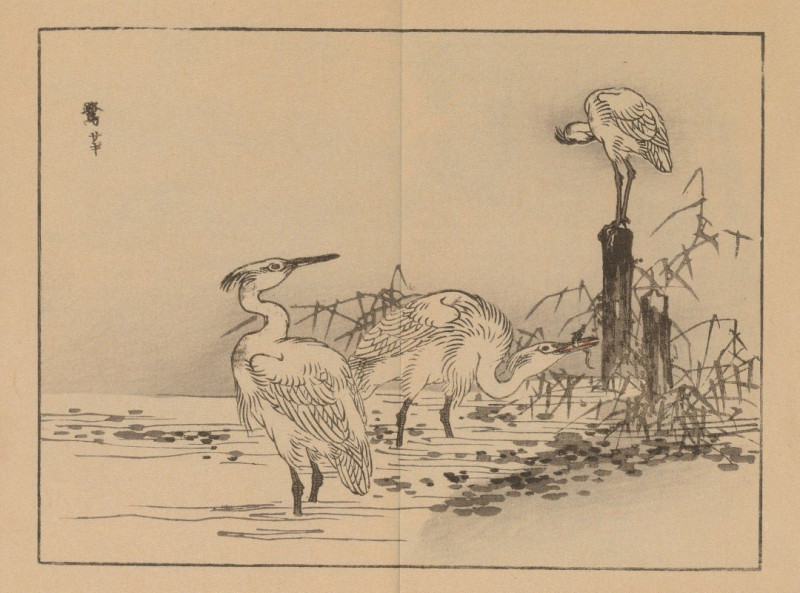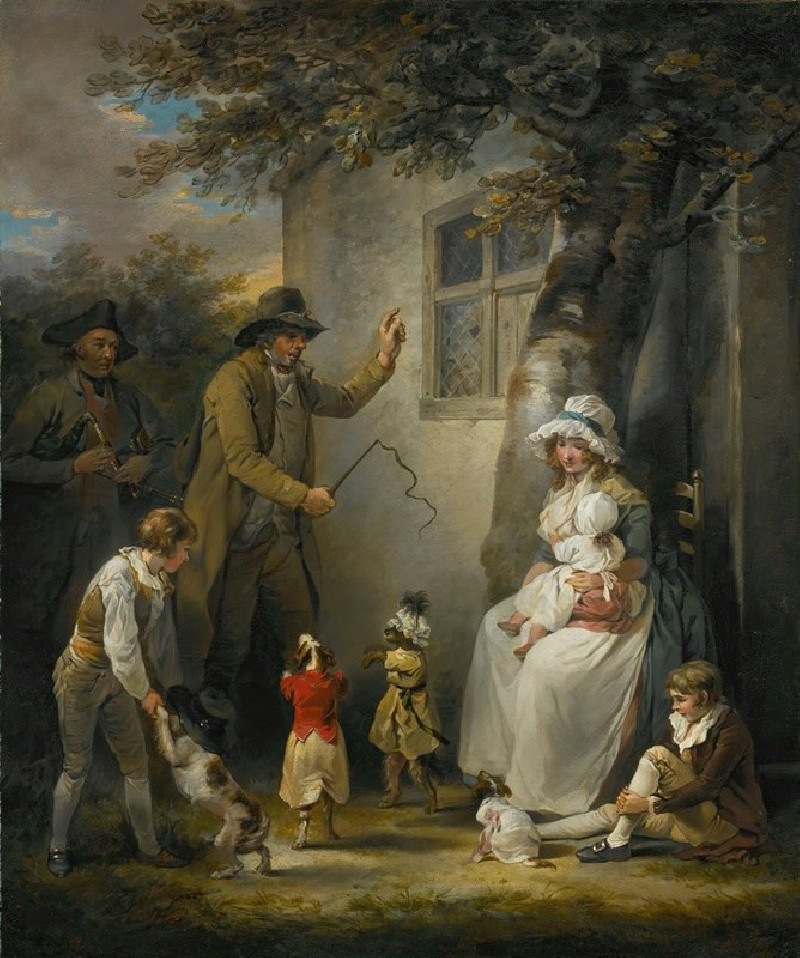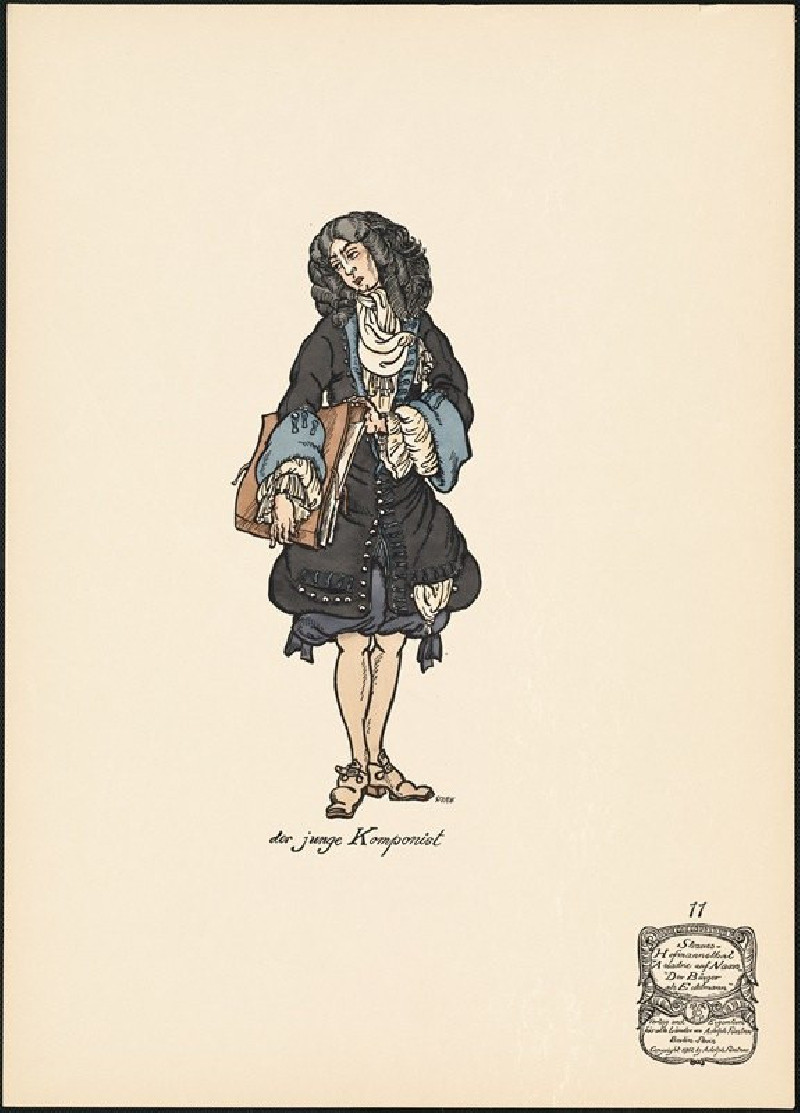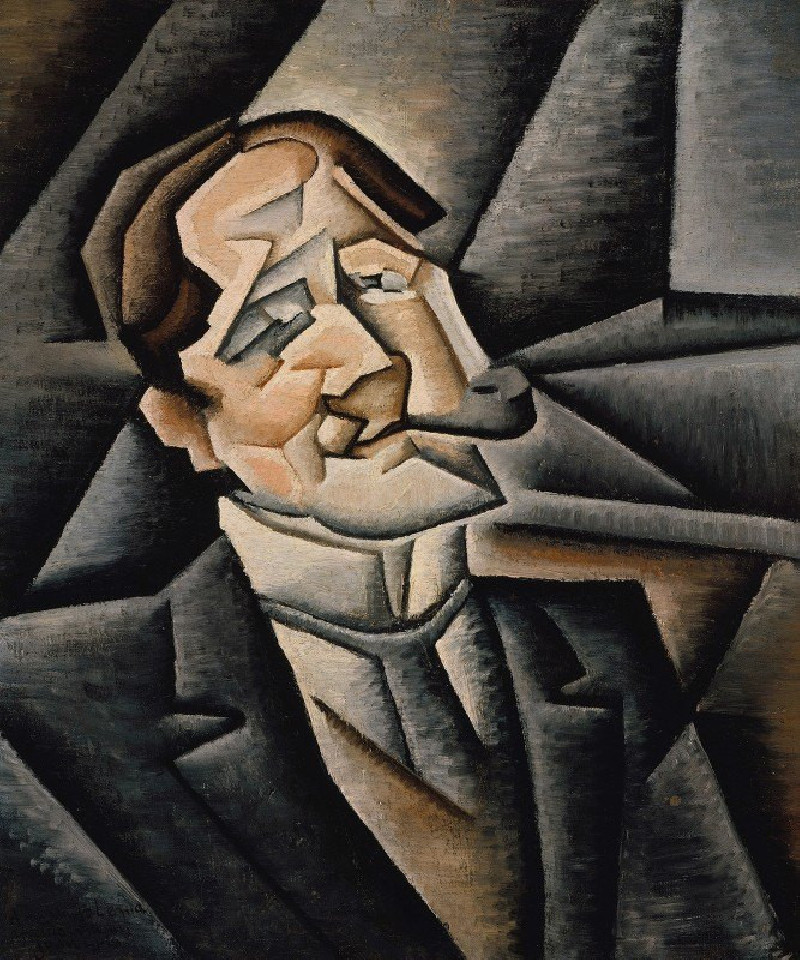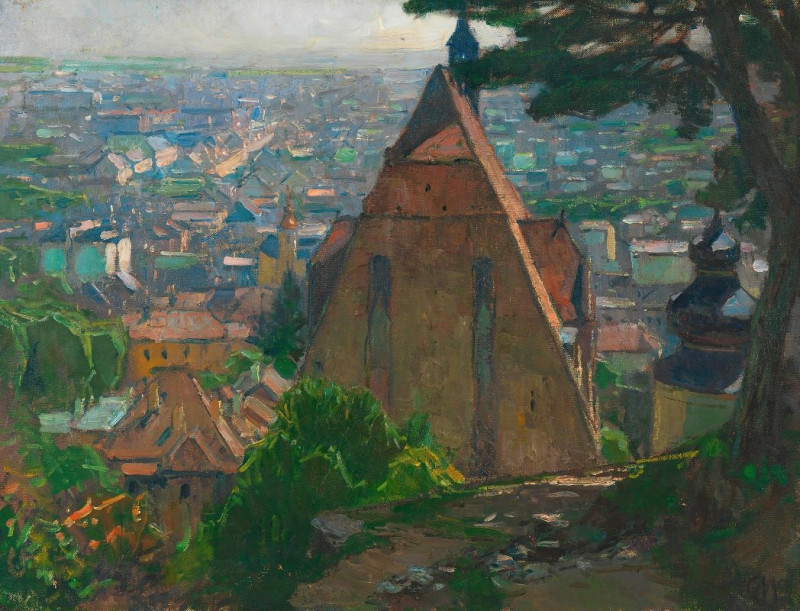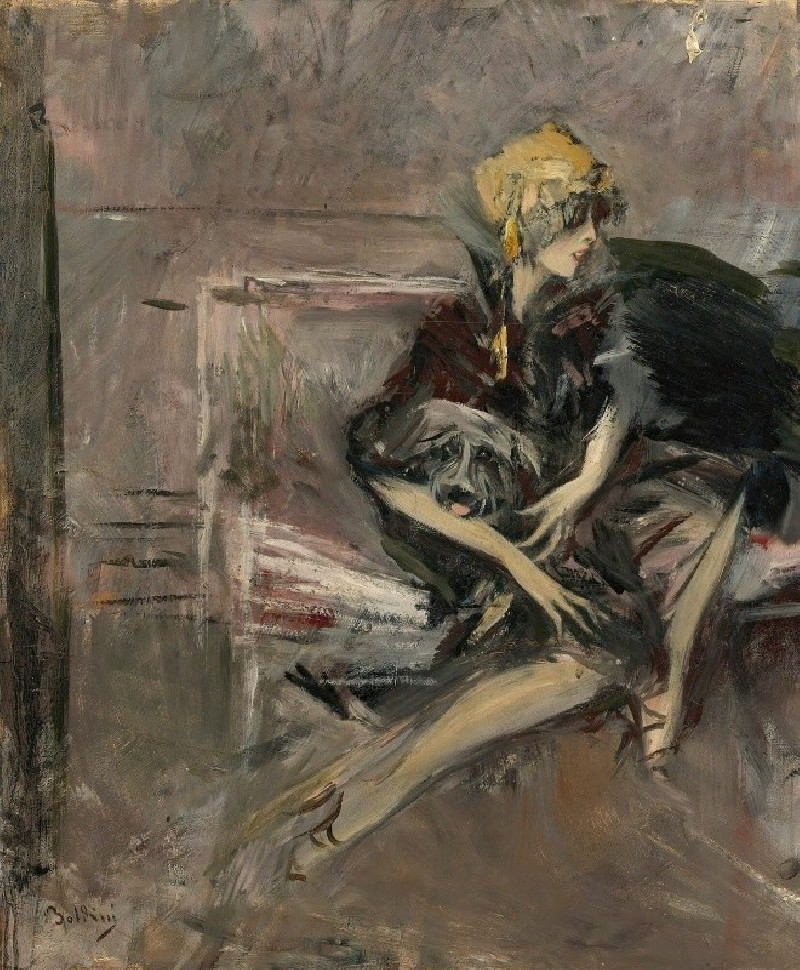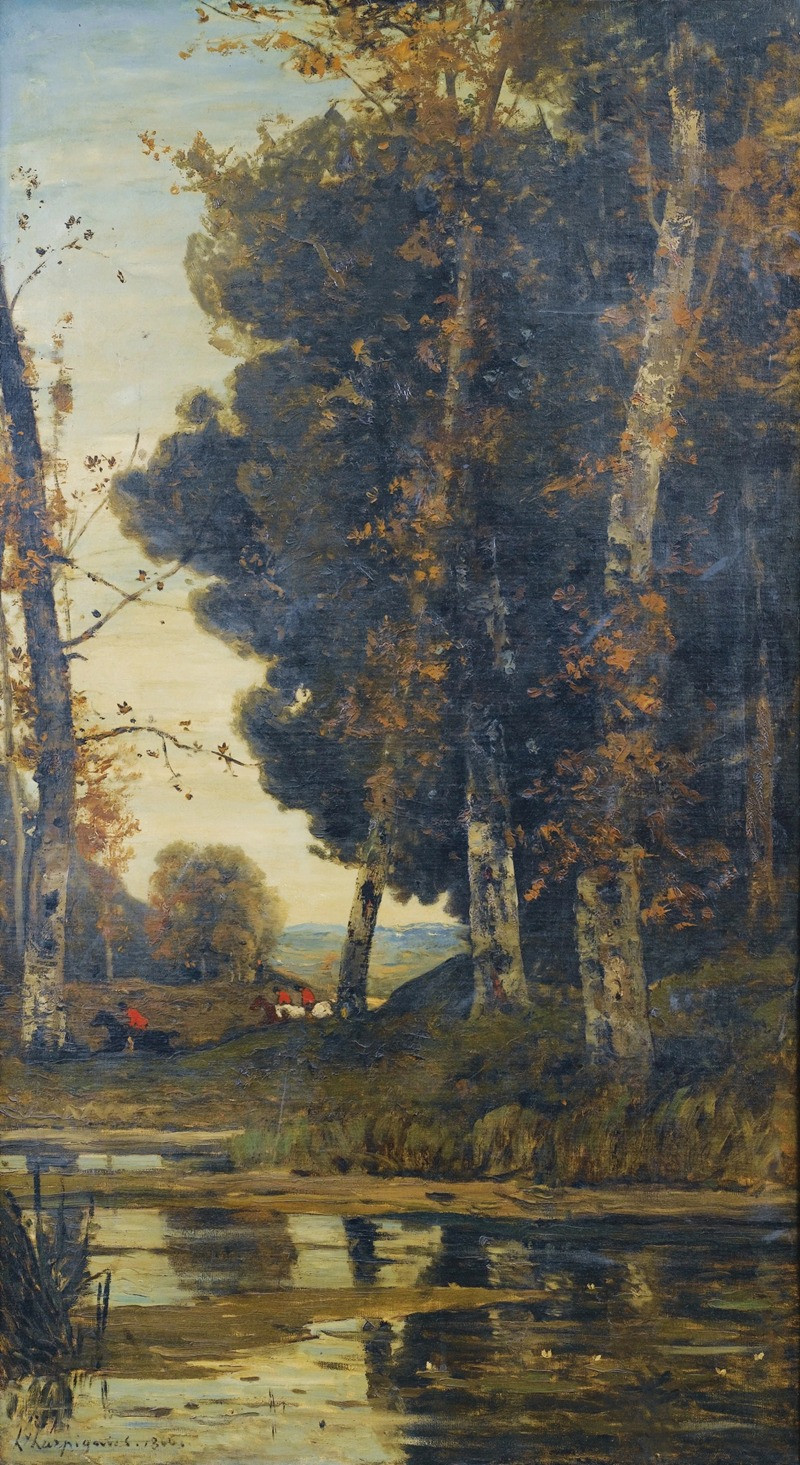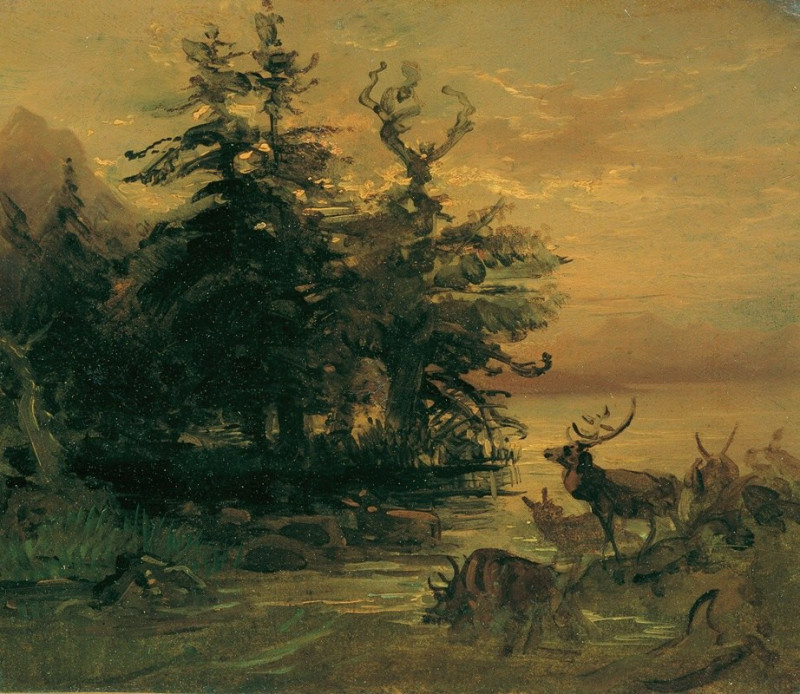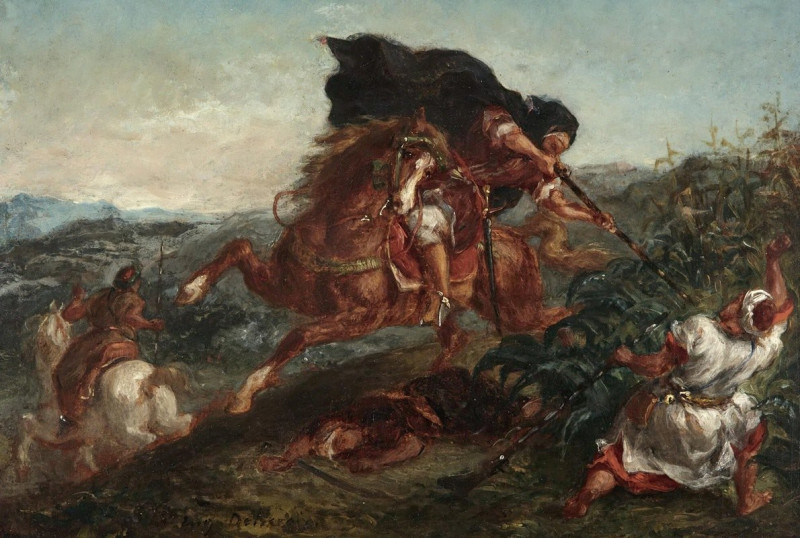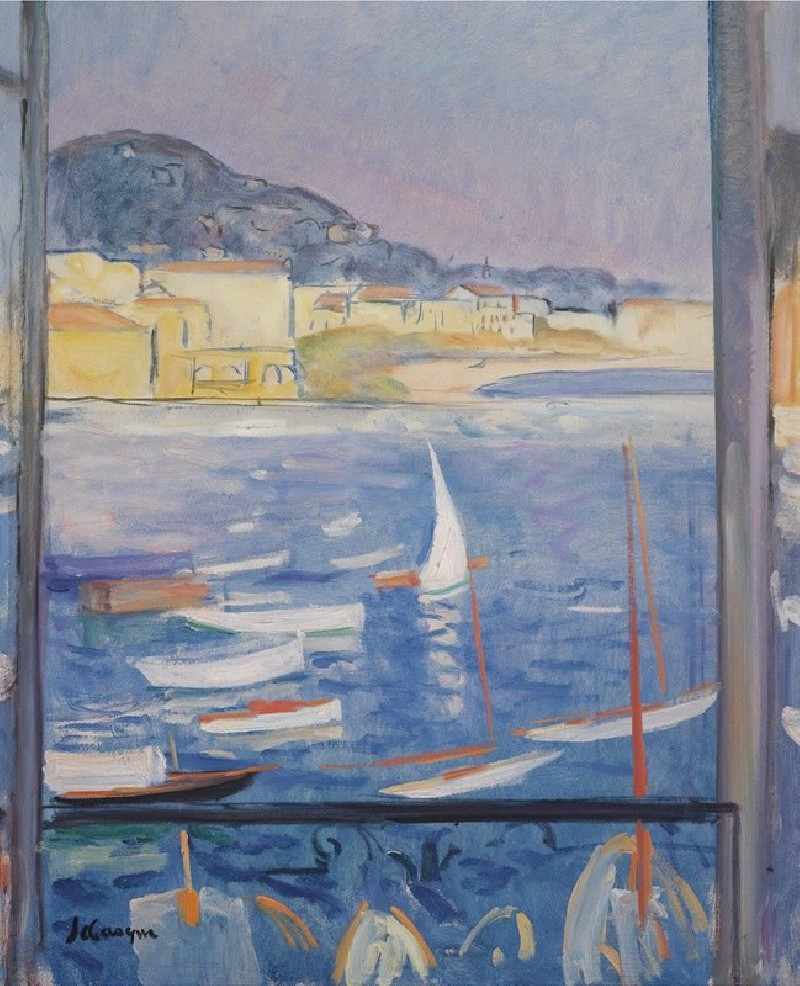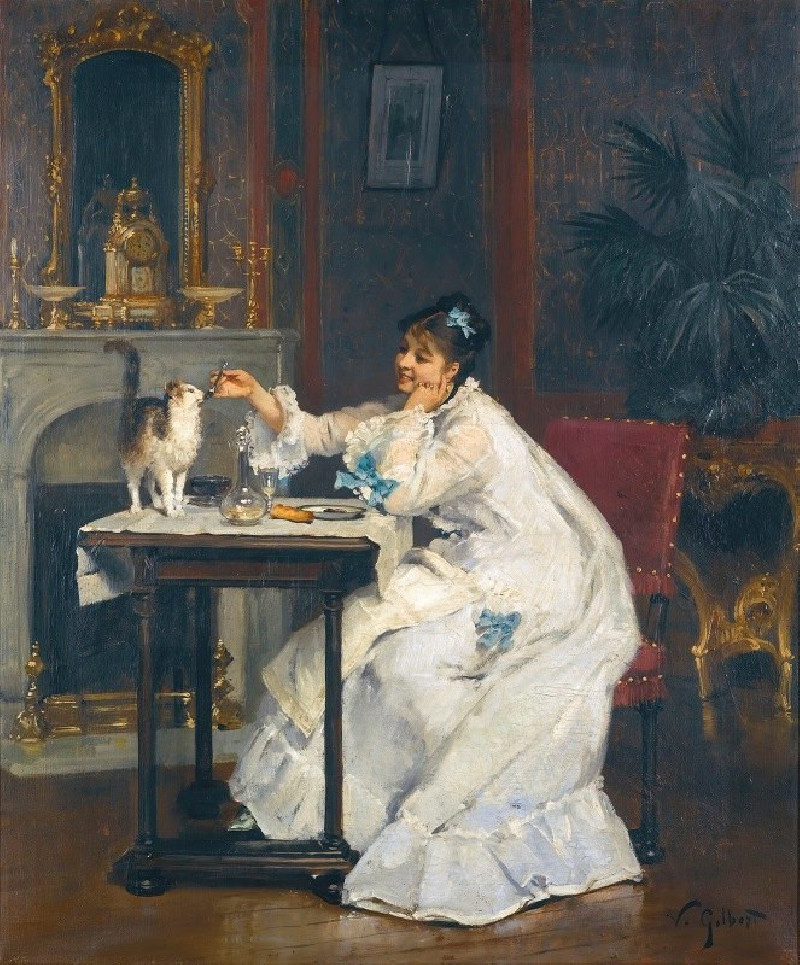Orchards At Louveciennes
Technique: Giclée quality print
Recommended by our customers
More about this artwork
"Orchards at Louveciennes" by Camille Pissarro is a serene landscape painting that vividly captures rural life in the French village of Louveciennes. The composition features a panoramic view of the village, enveloped by lush trees and foliage. In the foreground, there's a prominent tree on the right side that stands tall, its branches spreading widely across the frame. The contrasts in the foliage, from the light flickers on its leaves to the deeper, shadowed greens, showcase Pissarro's adept use of light and color to create depth and texture.The middle ground of the painting displays rows of carefully tended gardens and patches that subtly hint at the agricultural life of the village. A curved, golden pathway in the right-hand section leads the viewer’s eye through the painting, enhancing the overall pastoral feel.In the background, the focal point is a quaint village church whose steeple rises gracefully above clustered rooftops, surrounded by dense trees. This feature, along with the various buildings nestled amongst the trees, evokes a sense of peaceful coexistence between man and nature. The sky, lightly brushed with soft blues and gentle clouds, suggests a clear, calm day, and adds to the tranquil atmosphere of the scene.Overall, Pissarro’s work here is a fine example of his ability to blend Impressionist techniques with his own interpretations of rural landscapes, capturing not just the visual but also the emotive essence of the countryside.
Delivery
Returns
Blessed are they who see beautiful things in humble places where other people see nothing. — Camille Pissarro
Camille Pissarro (1830-1903) was born on St.Thomas (now the US Virgin Islands) to a Portuguese father and a Dominican mother. He went to Paris to study art at Ecole des Beaux-Arts. He was an early pioneer of pointillism and neo-impressionism and later became a mentor of many famous impressionist painters including Cezanne, Manet, Renoir, and Gauguin. His paintings depicted rural and urban French landscapes and lifestyle. Many of his works politically captured images of peasants and laborers. Today, he is considered the father of impressionism.

